As a Cloud Strategist at Planet Technologies, one of my favorite topics to talk about is Service Ownership and why it is important to managing your M365/ Azure Tenant or any service that is running in your production environment. For this blog, I will specifically discuss why it is important in the Microsoft 365 portfolio of services.
What is Service Ownership?
When I worked at the State of NC we called this position the one neck to choke when there was an issue or concern with the portfolio of M365 services. Service Ownership to me is the combination of service level management, definition, service governance and organizational change management (OCM). Users and Organizations need to have a clear understanding of how their M365 services are being offered, what their role is, what they can do with the service and how the users or organization will be impacted by the rollout of new services. Defining the service is the first step. With M365, each service must have the same consistent vetting process for rolling them out to production. Specifically, in the areas of governance, operational support, security and OCM.
Why is Service Ownership important?
The first thing to know about M365 is it’s an evergreen service. Meaning that the services are in a constant state of change and release. Someone needs to take on the responsibility of keeping up with the changes and understanding the releases that will be coming their way. Long gone are the days of doing an update and sitting on it for three years until you got your investment out of it. Microsoft M365 releases changes daily and weekly. It’s important to remember that your users access M365 from their desktop AND the web. Some features may be available to them on the web well before they are pushed out to their desktop. Some changes you can control and others you cannot. Since you don’t control all changes you need to adapt your change management and OCM processes. Communication and Governance will be key in developing a plan as long as someone is keeping up with all of the M365 changes.
Staying up to date will be paramount as you don’t want to be blind-sided by a new service or feature being released into production without the proper plan for how you will support it and vetting the security implications of the service or feature. When possible, try to control the release with proper evaluation, communication, support readiness for both the internal support teams and how your users will consume the service. Then use your normal change and OCM processes to make sure all internal and external parties are aware and prepared for the change. If you have Business Relationship managers, suggest they bring up the biggest changes during their service reviews with their constituents.
Service ownership goes hand in hand with service level management and for that reason Governance will be needed in order to align with your business requirements. Governance is the set of policies, roles, responsibilities, and processes that guide, direct, and control how an organization’s business divisions and IT teams cooperate to achieve business goals. Consider setting up a governance board to assist you in making decisions on how (service definition and OCM) and when to launch services. The last thing you want to do is just sit back and let all the changes control you. When this happens, organizations find themselves in a reactionary mode and don’t have the support infrastructure in place to manage their services effectively. Service ownership is all about taking a shared proactive response to the release of production ready and supportable services.
How can I stay up to date?
If you are not a Planet customer, public information can be found on the Microsoft Public Roadmap, M365 Admin Message Center, Twitter, and Ignite Sessions.
If you are a Planet customer make sure you are using all of your “You already Own It” (YAOI) benefits like scheduling your yearly cloud strategy session and booking time with your cloud strategist whenever the occasion is needed. Cloud Strategists also produce a monthly webinar on the 4th Thursday of the month and blogs on the entire portfolio of Microsoft products from M365 to Azure to OCM.
Lastly, for very small organizations or organizations without dedicated M365 positions, consider Planet managing your tenant or utilizing our M365 or Azure Advantage offerings so we can proactively and strategically advise you on a monthly basis on items like our cloud maturity model and application modernization.
Why does managed M365 Services make sense? 2 Reasons = Staffing and Security
Staffing
- Do you have a single point of failure with 1 person expected to know it all?
- Are you short staffed and don’t have backup when critical staff are on vacation?
- Do you have a continuity plan for your aging population leaving your organization with all of their technical knowledge in their head?
- Lastly, It’s hard to recruit and retain employees since you are in competition with the best companies in the world. Believe me I have tried.
Security
- More than likely managing an M365 Tenant is not your full time job. It’s difficult to keep up all the changes and compete against the relentless attacks
- Are you monitoring and proactively managing and evaluating the release of changes/services in your M365 tenant?
- Do you have compliance requirements or audits that aren’t being met?
- Have you been attacked with ransomware and looking for someone to manage and secure your environment?
If managing an 0365 tenant isn’t your core business, then let Planet Technologies and it’s deep bench of highly certified subject matter experts help manage and protect your environment for peace of mind. It’s what we do best for some of the most secure organizations in the world.

